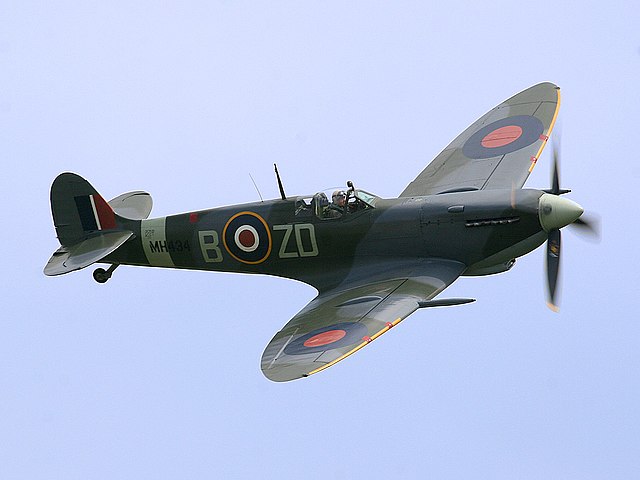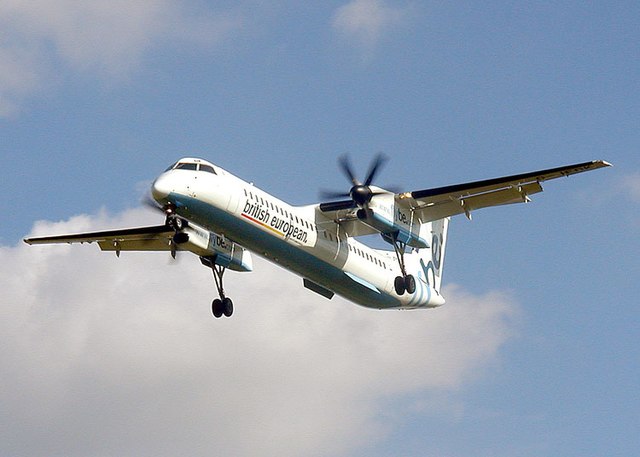Fokker Eindecker fighters
The Fokker Eindecker fighters were a series of German World War I monoplane single-seat fighter aircraft designed by Dutch engineer Anthony Fokker. Developed in April 1915, the first Eindecker ("Monoplane") was the first purpose-built German fighter aircraft and the first aircraft to be fitted with a synchronization gear, enabling the pilot to fire a machine gun through the arc of the propeller without striking the blades. The Eindecker gave the German Army's Air Service (then the Fliegertruppen des deutschen Kaiserreiches) a degree of air superiority from July 1915 until early 1916. This period, during which Allied aviators regarded their poorly armed aircraft as "Fokker Fodder", became known as the "Fokker Scourge".
Fokker Eindecker fighters
Fokker M. 5K
Morane-Saulnier H
A close-up photo of Otto Parschau's first Fokker monoplane, armed with a synchronized Parabellum MG14 machine gun in May 1915, which essentially became the "prototype" Fokker Eindecker.
A monoplane is a fixed-wing aircraft configuration with a single mainplane, in contrast to a biplane or other types of multiplanes, which have multiple planes.
Low wing on a Supermarine Spitfire
Mid wing on a de Havilland Vampire T11
High wing on a de Havilland Canada Dash 8
Parasol wing on R.J. Mitchell's 1930 Supermarine Air Yacht








